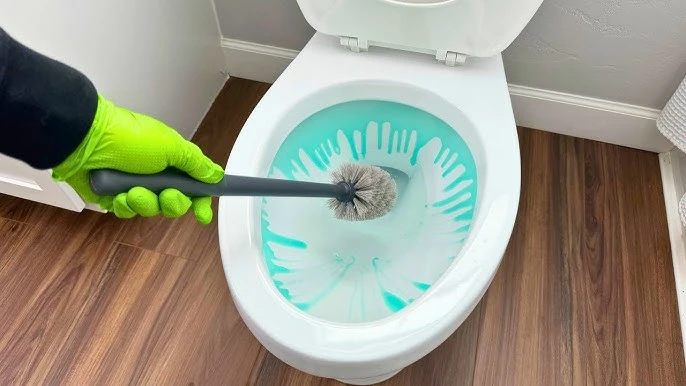
Toilets are essential for every household. Blocked toilets are an inconvenience to everyone and might come with health related issues. Many people often ask themselves How to unblock a badly blocked toilet without hiring the services of a professional. Luckily, there are tools and methods that allow you to do it by yourself. Before going into solutions, it is better to know what are the causes of toilet blockages first.
Reasons for toilet blockages
There are a number of reasons why people have toilet blockages, which is quite common in the household. People should know that these reasons exist in order to reach a valid conclusion as to the primary cause of the issue. Here are various reasons for toilet blockages.
Flushing non-flushable things: Flushing non-flushable things is the reason for the blockage of toilets. Flushing things like cotton, towels or hygienic products always cause a blockage.
Excess use of toilet paper: Excessive use of toilet paper has the risk of causing clogging as its breakdown requires decomposition by fungi.
Sewer-line issues: Sewer line or the main sewer system in most cases can also be a cause for pipes and toilets getting clogged.
Strange object: Some people flush their children’s toys, jewelry or other related products, this has a possibility of blocking the toilet.
Hair and other debris: Hair as well as other particles can be a potential cause of blockage in a toilet.
Loosely attached toilets: Blockages are likely to occur due to a toilet that has not been installed properly.
Having an old toilet and an old sewage system are other known causes.
Ways to unblock a badly blocked toilet
If your toilet is blocked, here are some effective methods to try:
1. Start with a plunger
- Use the correct flange plunger: This type of plunger has an extended rubber rim designed to seal tightly in the toilet drain for maximum suction.
- Create a tight seal: Place the plunger so that it covers all the holes.
- Pump effectively: Start with a gentle press to create a seal, then pump firmly 10–20 times. On the last pump, sharply pull the plunger to break the seal. Check if the water drains properly.
2. Pour hot water & dish wash
- Add dish soap: Add about one cup of dishwashing liquid for its cleaning and to unblock it. It breaks down the obstruction and lubricates.
- Pour hot water: To boost water pressure and help to break up clogs, heat a pail of water not boiling then pour it into the toilet from waist height. Avoid using boiling water as it can damage porcelain.
- Wait and flush: Let the solution work for 10–15 minutes before flushing.
3. Try baking soda and vinegar
- Add baking soda: Pour one cup of baking soda in the toilet bowl.
- Pour vinegar: Add one cup of vinegar, which will create a bubbling chemical reaction that helps break down dirt and debris.
- Wait and flush: Allow the mixture to bubble and sit for 10 to 20 minutes before flushing it away.
4. Use a wet or dry vacuum
- Set up the vacuum: If you have access to a wet or dry vacuum, use it to remove debris from the toilet.
- Elimination of debris: Run the vacuum across the drain to help eliminate the obstruction.
5. Call a Plumber
If none of these methods work, it’s time to hire a licensed plumber. Severe blockages may require specialised tools to remove the obstruction without damaging your pipes.
Which one is the best method
The best method would be determined according to how bad the blockage is and even the condition of your toilet. Baking soda and vinegar solution would be perfect for light to medium clogs, while a plunger would be sufficient for most blockages. If it is a more severe case, getting a professional would be the right decision.
Preventive measures
In regards to ward off a future blockage use these tips:
- Paper towels and wipes should never be disposed of in the flush.
- Toilets which are water efficient yet possess enough flush force.
- Cleaning the toilet bowl at regular intervals minimizes the chances of build up or deposits.
Conclusion
Dealing with a badly blocked toilet is an unpleasant task, but with the right tools and methods, you can easily overcome this problem without professional help. Start with a plunger and, if necessary, use a wet or dry vacuum. Use a wet or dry vacuum. Always ensure your safety when handling chemicals. If all fails, then don’t hesitate to call a plumber.
By addressing the problem promptly and maintaining your toilet regularly, you can avoid recurring issues and ensure your toilet remains functional for years to come.






